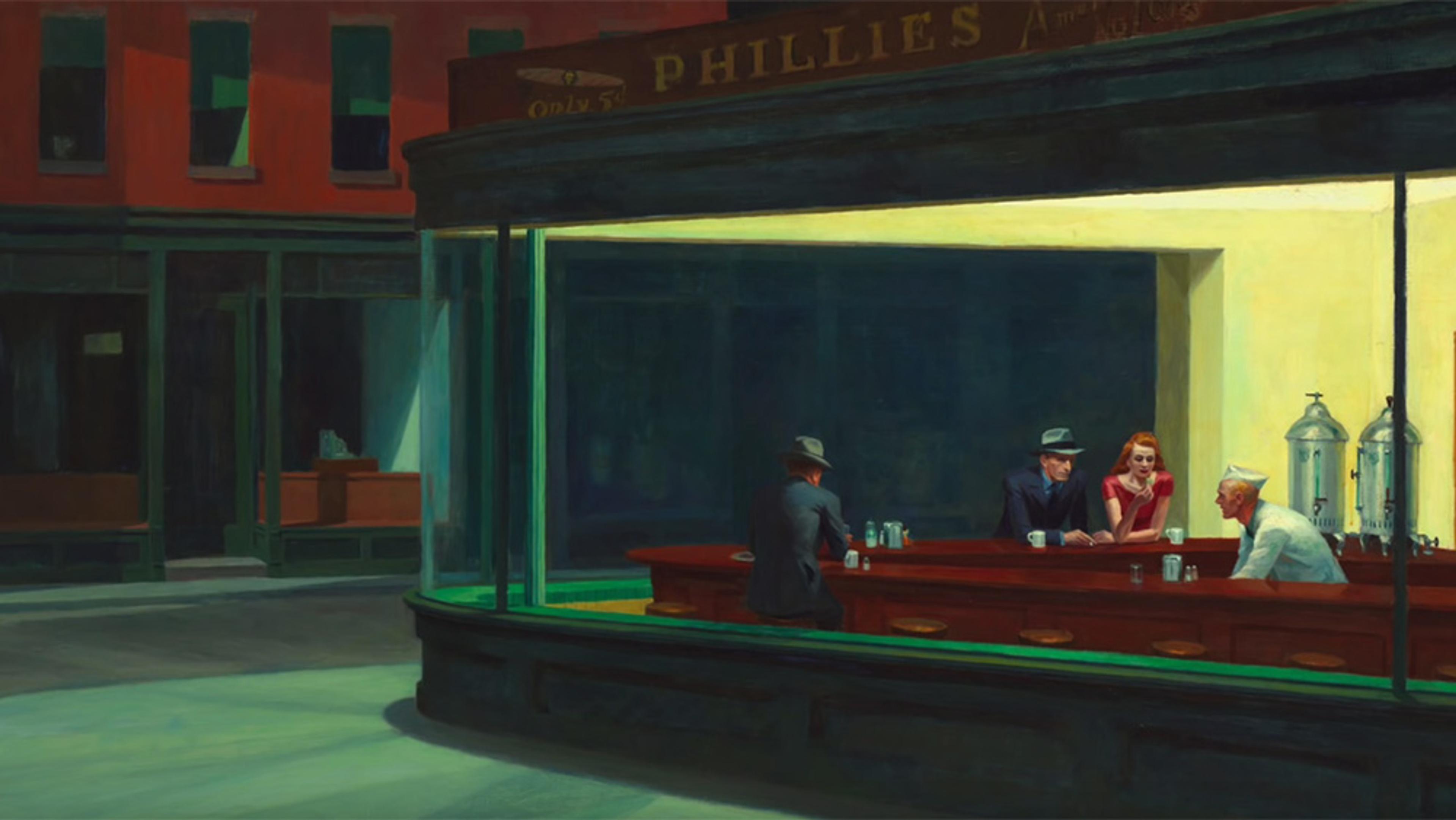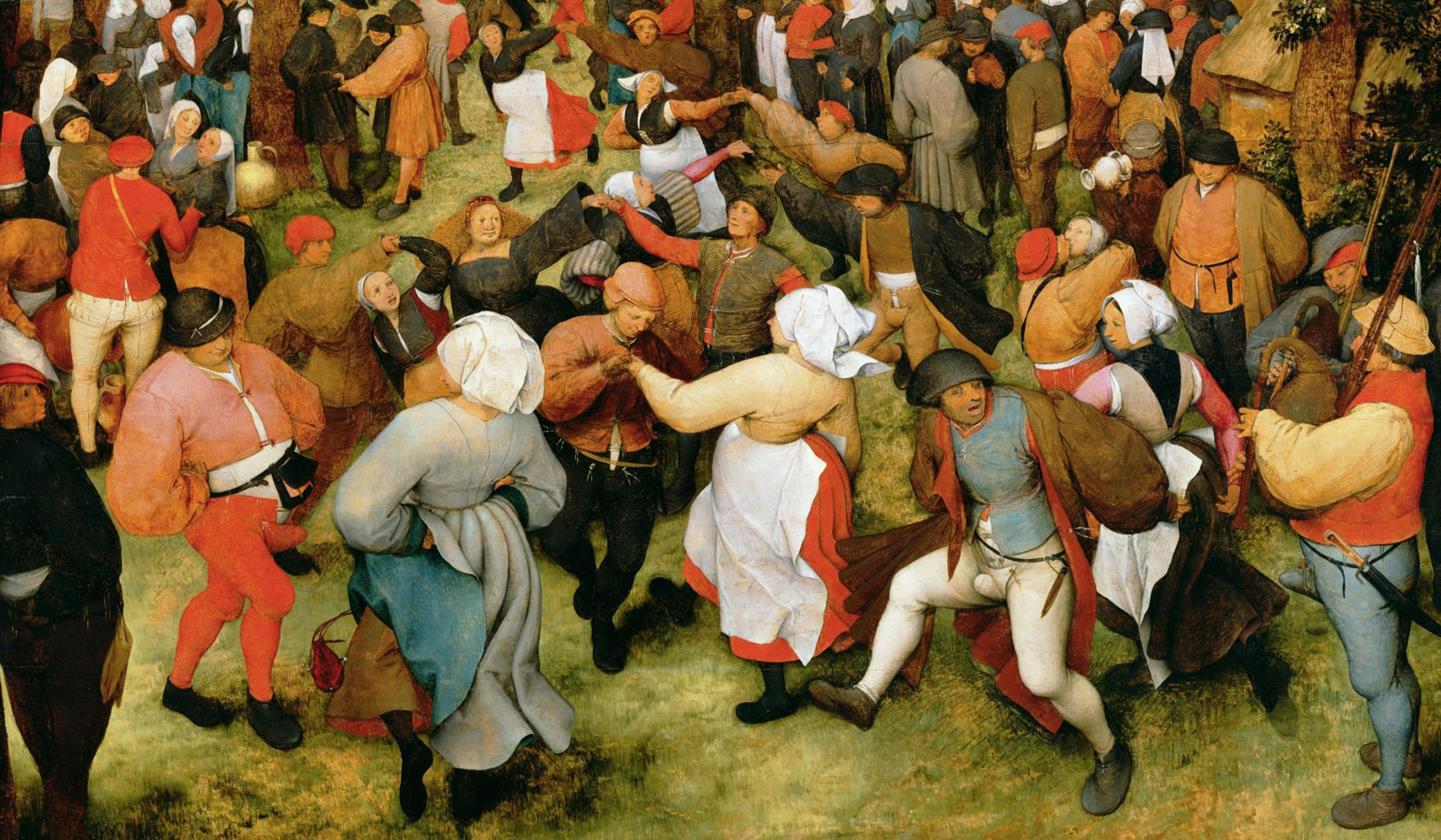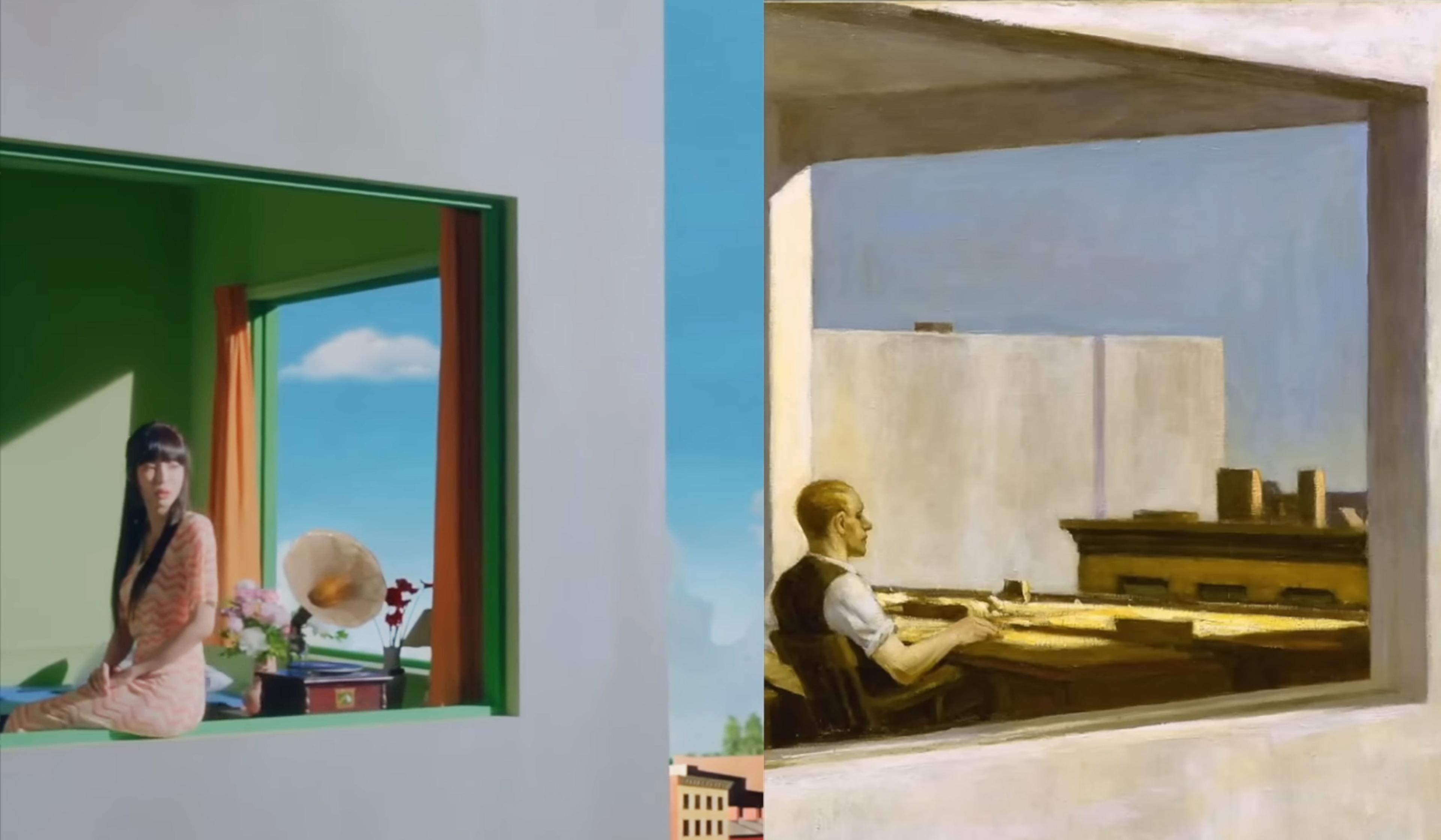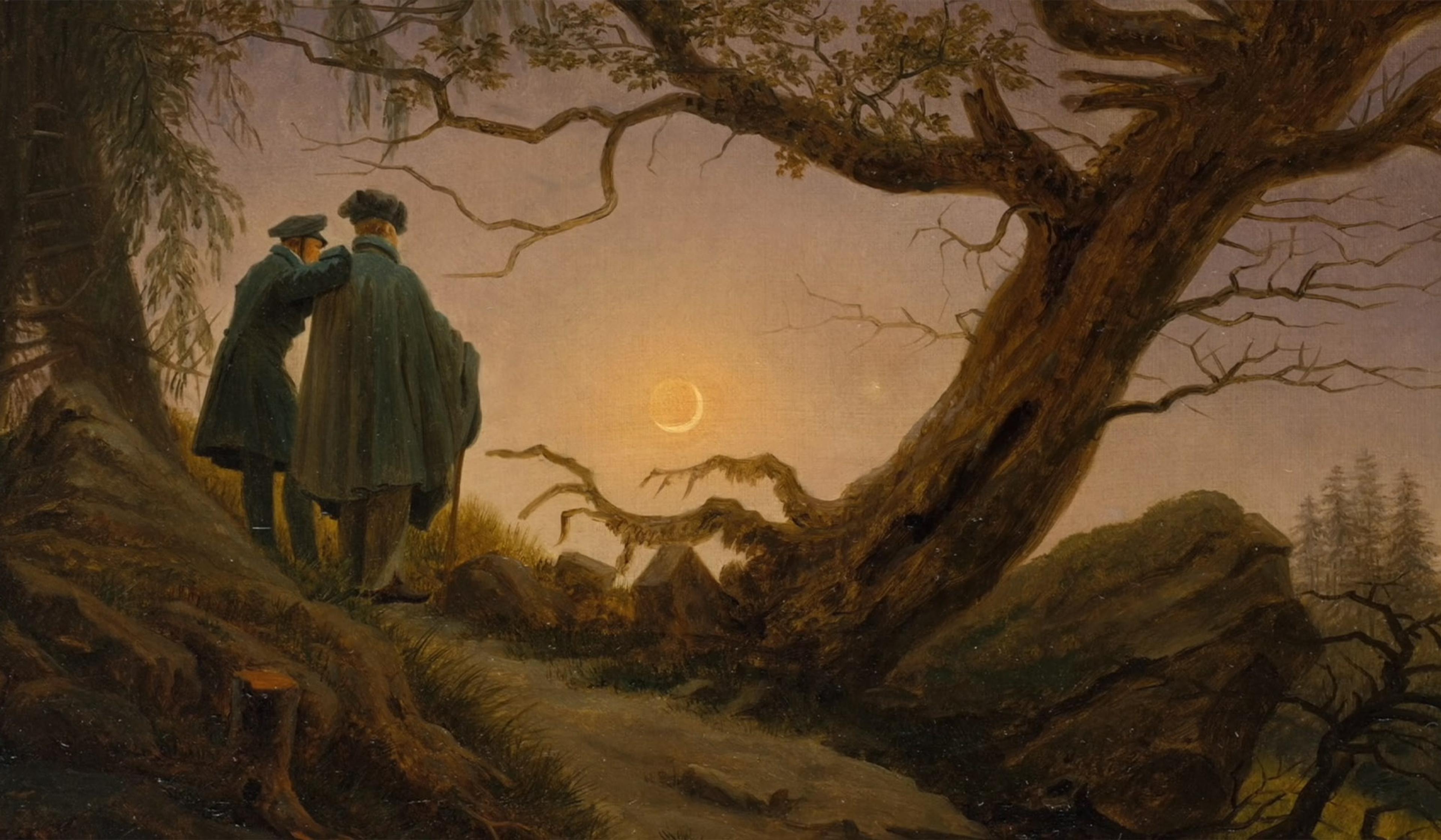The painter Andrew Wyeth (1917-2009) is considered part of the American Regionalism movement, which emphasised scenes from everyday life in the United States. However, the realistic style had mostly faded out of fashion during his career, as the US art world moved towards Abstract Expressionism and Pop Art. In this video essay, Evan Puschak (also known as the Nerdwriter), synthesises a wide array of primary sources – including an interview with Wyeth, his sketches, and the writings of Henry David Thoreau and Ralph Waldo Emerson – to help contextualise Christina’s World (1948), Wyeth’s best-known painting. In doing so, Puschak argues that Wyeth’s work was the visual culmination of ‘a new American philosophy’, derived from an awe of the natural world as viewed by an unseen observer – what Emerson in 1836 called ‘a transparent eyeball’ that sees nothing, and sees all.
‘I built the ground thinking of her’: the story of Andrew Wyeth’s ‘Christina’s World’
Video by The Nerdwriter
8 October 2020

videoArt
The flickering ray of hope in the stark loneliness of Edward Hopper’s Nighthawks
8 minutes

videoArt
Why European artists shifted their focus from power to peasants in the 16th century
5 minutes

videoArt
Edward Hopper came of age with cinema. As an artist, he left a lasting mark on it
12 minutes

videoBeauty and aesthetics
Why Caspar David Friedrich pits nature’s grandeur against the humble human
7 minutes

videoArt
The female Abstract Expressionists of New York shook the world of art
15 minutes

videoArt
What can Ansel Adams’s enduring photography teach us in the age of Instagram?
6 minutes


